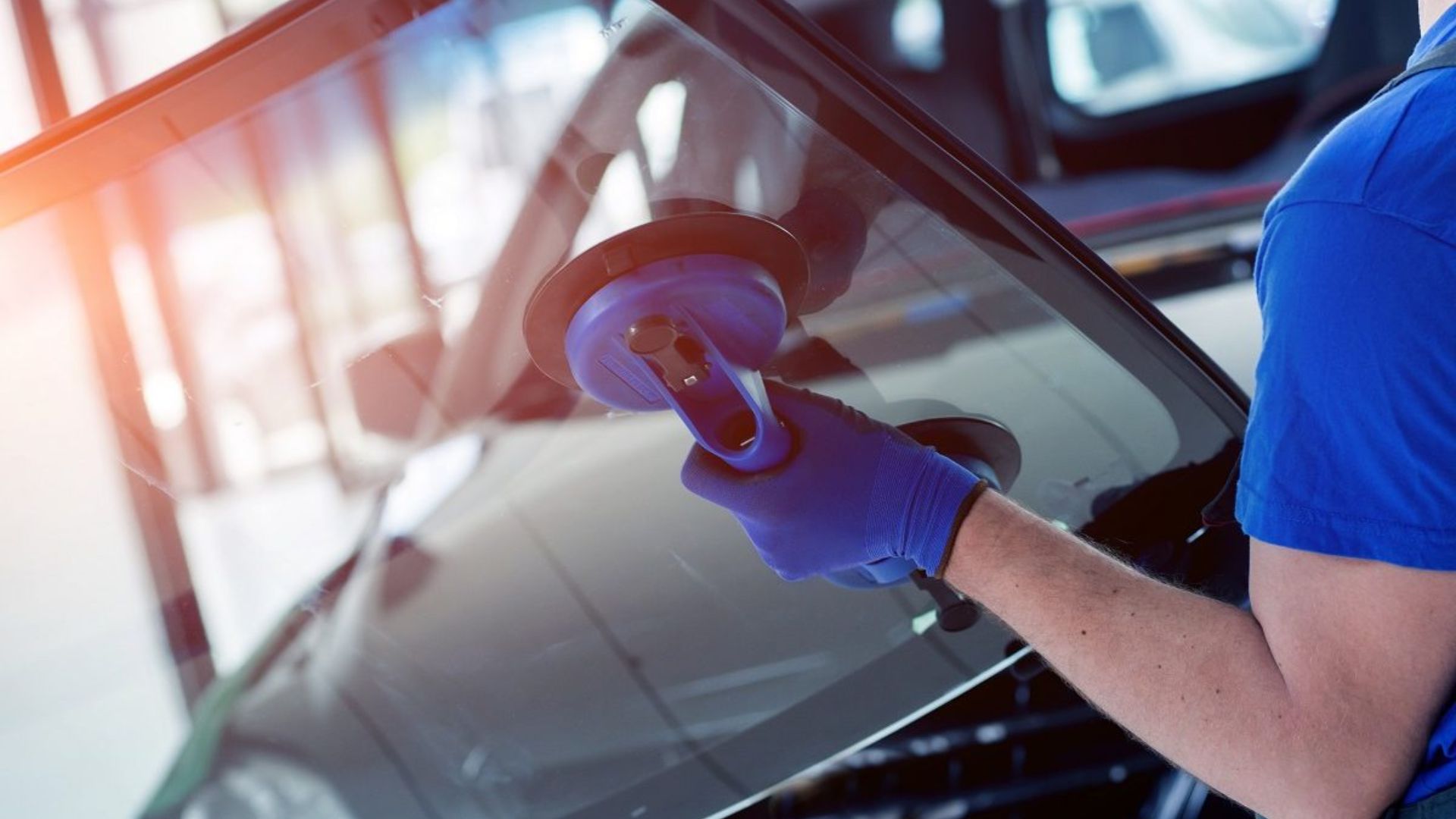A broken car window can be an unexpected inconvenience, impacting your safety, comfort, and vehicle’s security. Whether caused by an accident, vandalism, or debris on the road, knowing how to address this issue promptly is crucial. Here’s a practical guide on handling a broken car window effectively to minimize further damage and ensure safety.

1. Assess the Damage
The first step in managing a broken car window is to inspect the extent of the damage. Determine whether the window is shattered entirely or has a small crack. This will help you decide the urgency of the repair and whether temporary measures are necessary.
- Completely Shattered Window: Immediate action is needed to secure the car and prevent glass shards from causing harm.
- Minor Cracks or Chips: These should also be addressed promptly to avoid the damage spreading further.
2. Ensure Safety
Safety should be your priority after a window breaks. Here’s what you can do:
- Remove Loose Glass: Use gloves to carefully pick up larger shards and vacuum smaller pieces from the car’s interior and exterior.
- Avoid Driving: If the glass obstructs your view or the window is completely shattered, it’s unsafe to drive until temporary measures are in place.
3. Temporarily Secure the Window
If professional repair isn’t immediately available, securing the broken window can help protect your car’s interior and deter theft:
- Cover the Opening: Use a strong plastic sheet or trash bag and tape it securely over the window to shield the interior from weather and debris.
- Apply Clear Tape for Cracks: For minor cracks, clear tape can prevent the damage from worsening until you can seek repairs.
4. Contact a Professional
While temporary fixes can help in the short term, a broken car window requires professional attention to restore safety and integrity. Professional repair or replacement ensures:
- Structural Safety: Proper installation of safety glass maintains the structural strength of your car.
- Aesthetic Appeal: Expert repairs preserve your vehicle’s appearance.
- Durability: High-quality materials used in repairs ensure long-term performance.
5. Prevent Future Incidents
While not all causes of broken windows are avoidable, you can reduce the risk by:
- Parking in Safe Areas: Choose secure and sheltered spots to park your car.
- Maintaining Distance from Other Vehicles: On busy roads, staying farther back can minimize the risk of debris hitting your car.
- Using Protective Covers: During severe weather, protective covers can shield your car from hail or falling debris.
Conclusion
Dealing with a broken car window doesn’t have to be overwhelming if you act promptly and prioritize professional car window repair service. For trusted and reliable solutions, turn to Windmaster Autocare LLC. Renowned for their expertise in auto glass repair and replacement, they ensure your car’s windows are restored to optimal condition. With a commitment to quality and customer satisfaction, Windmaster Autocare LLC is your go-to partner for seamless, safe, and efficient car window solutions. Contact them today to safeguard your vehicle!







